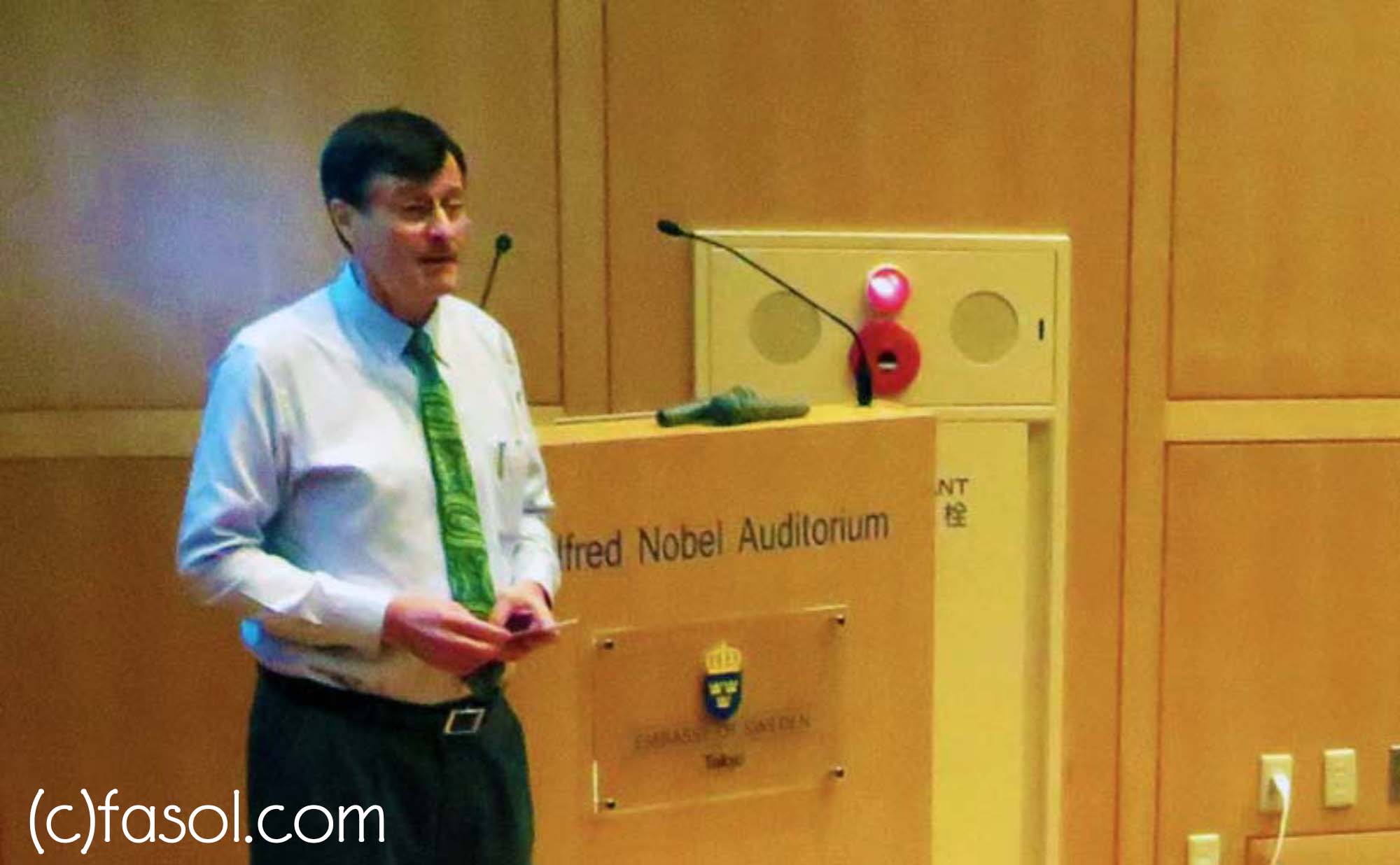Gerhard Fasol. news. events.
-
Corporate governance reforms: making Japanese corporations great again? Understanding how Japanese Boards of Directors function helps you close deals Monday, May 28, 2018, 19:00-21:00 at CCIFJ Stimulating Japanese companies’ growth is a key element of Prime Minister Abe’s economic growth policies. For companies to grow, management needs to be improved, Boards of Directors need to…

-
Corporate Governance Reforms in Japan Monday, March 12, 2018, 12:00 – 13:30 at the Foreign Correspondents Club in Japan FCCJ While many Japanese corporations are still admired around the world, too many have for years suffered sluggish growth and low profitability. A string of corporate scandals and failures have shocked the pubic and corroded confidence…
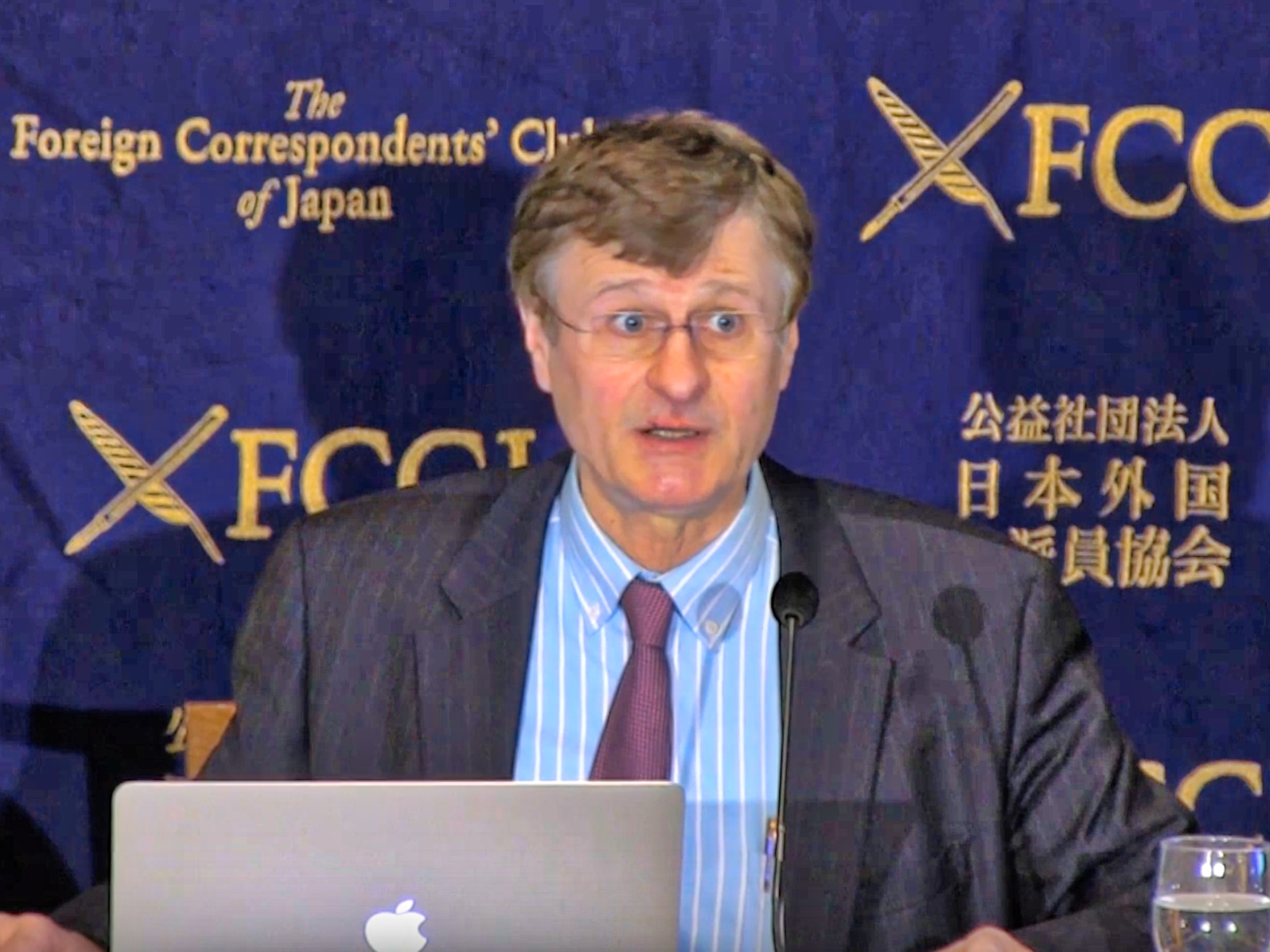
-
Energy. Entropy. Leadership. 10th Ludwig Boltzmann Forum, 20 February 2018 at the Embassy of Austria in Tokyo Gerhard Fasol, Chair Program Welcome by the Ambassador of Austria, represented by Magister Konstantin Saupe (Embassy of Austria) Gerhard Fasol CEO Eurotechnology Japan KK, Board Director GMO Cloud KK, Guest-Professor Kyushu University, former faculty Cambridge University and Tokyo…
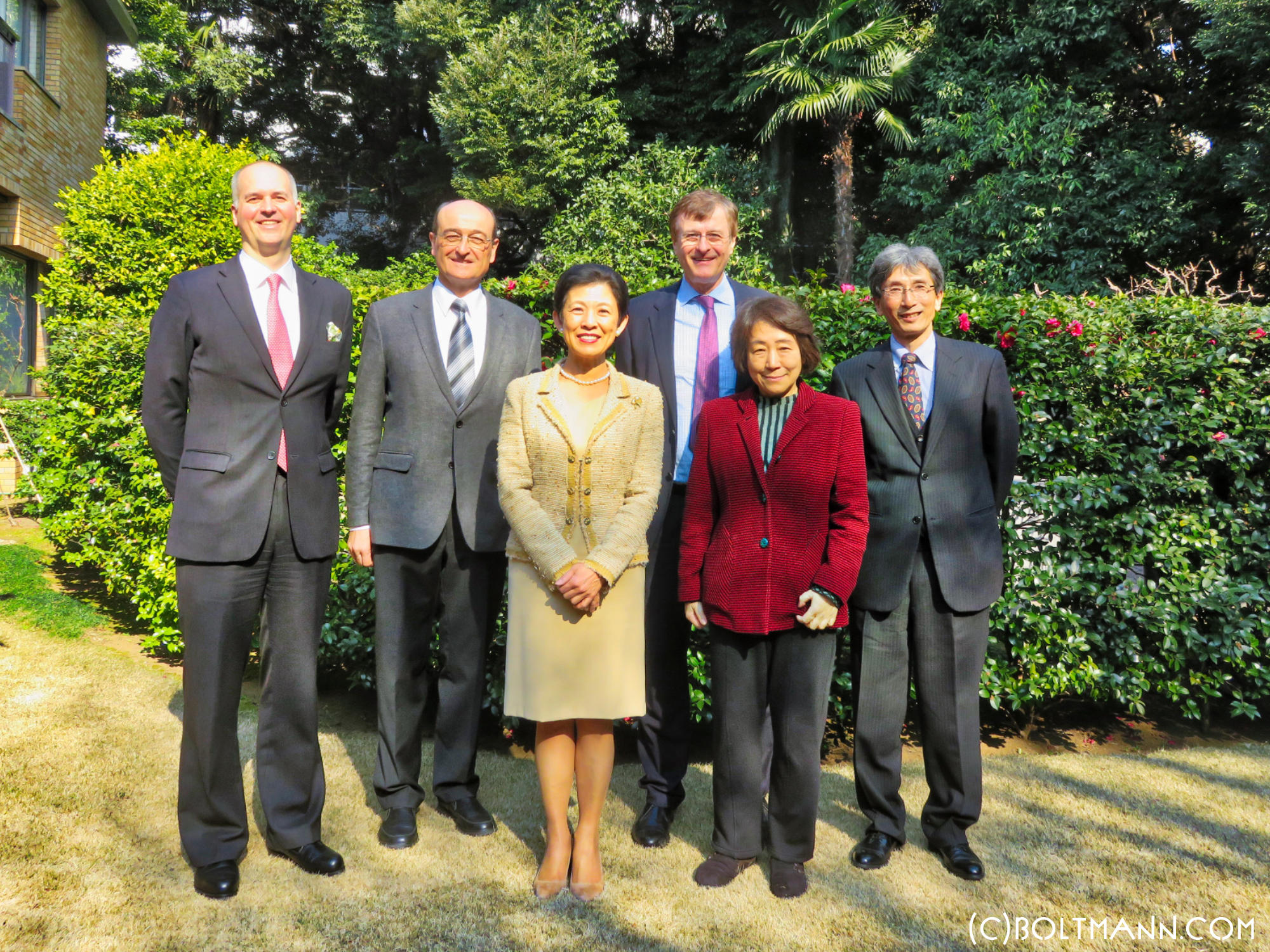
-
Gerhard Fasol and Sir Stephen Gomersall Daiwa Anglo-Japanese Foundation, London, Tuesday 16 January 2018, 6:00pm Topic: Japanese Corporate Governance – The Inside Story Speakers: Gerhard Fasol and Sir Stephen Gomersall Program: Tuesday 16 January 2018, 6:00pm – 7:00pm, Drinks reception from 7:00pm Location: 13/14 Cornwall Terrace, Outer Circle (entrance facing Regent’s Park), London NW1 4QP,…
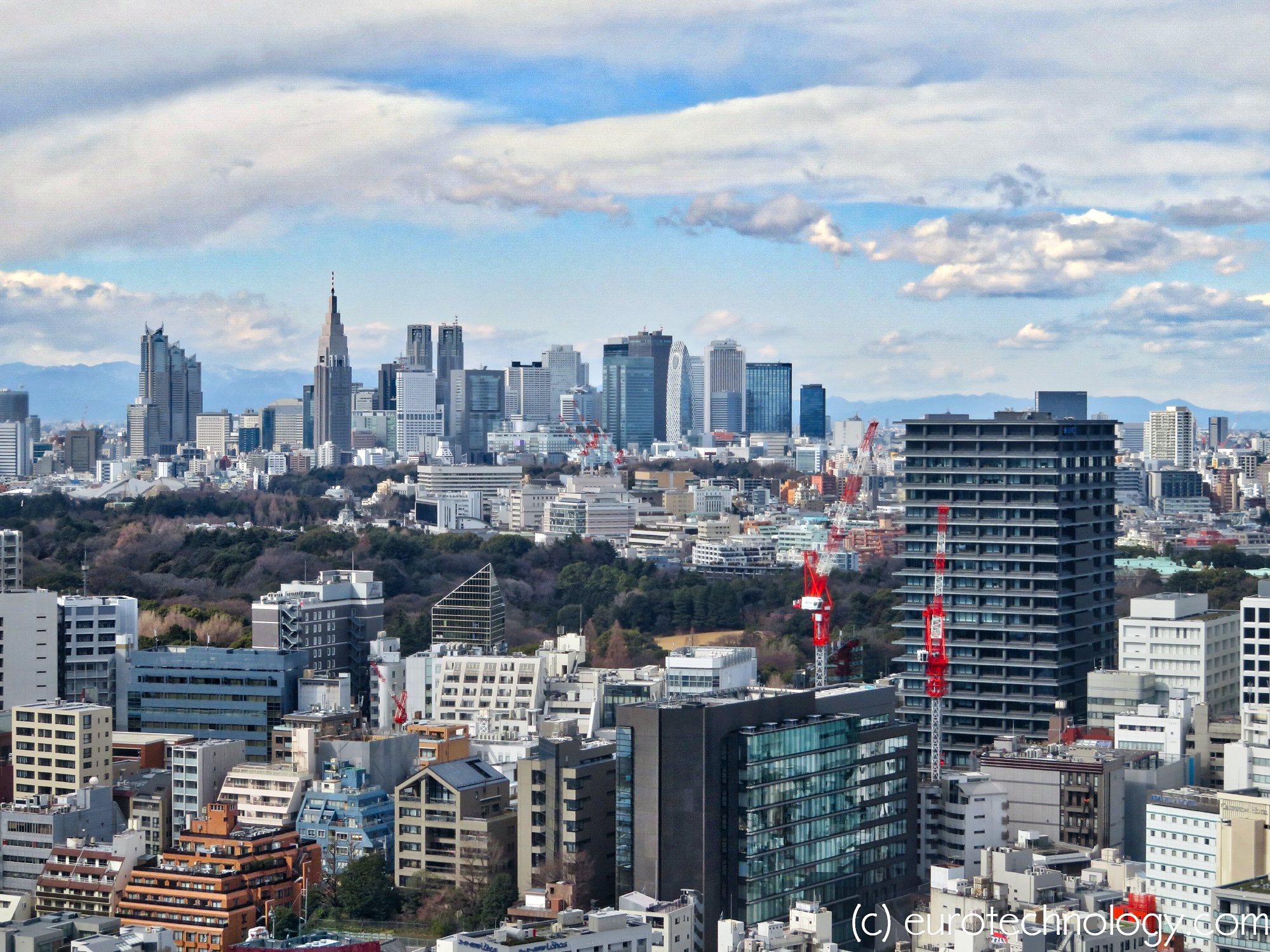
-
Corporate governance reforms are one of the key components of Abenomics, to improve economic growth in Japan Corporate governance reforms in Japan: talk at the OAG House in Tokyo, Wednesday 20 September 2017, 18:30-20:00 Wednesday 20 September 2017, 18:30-20:00 Talk: Gerhard Fasol: „Corporate Governance Reformen in Japan: Erfahrungen als Aufsichtsratsdirektor einer japanischen Firmengruppe“ Free of…
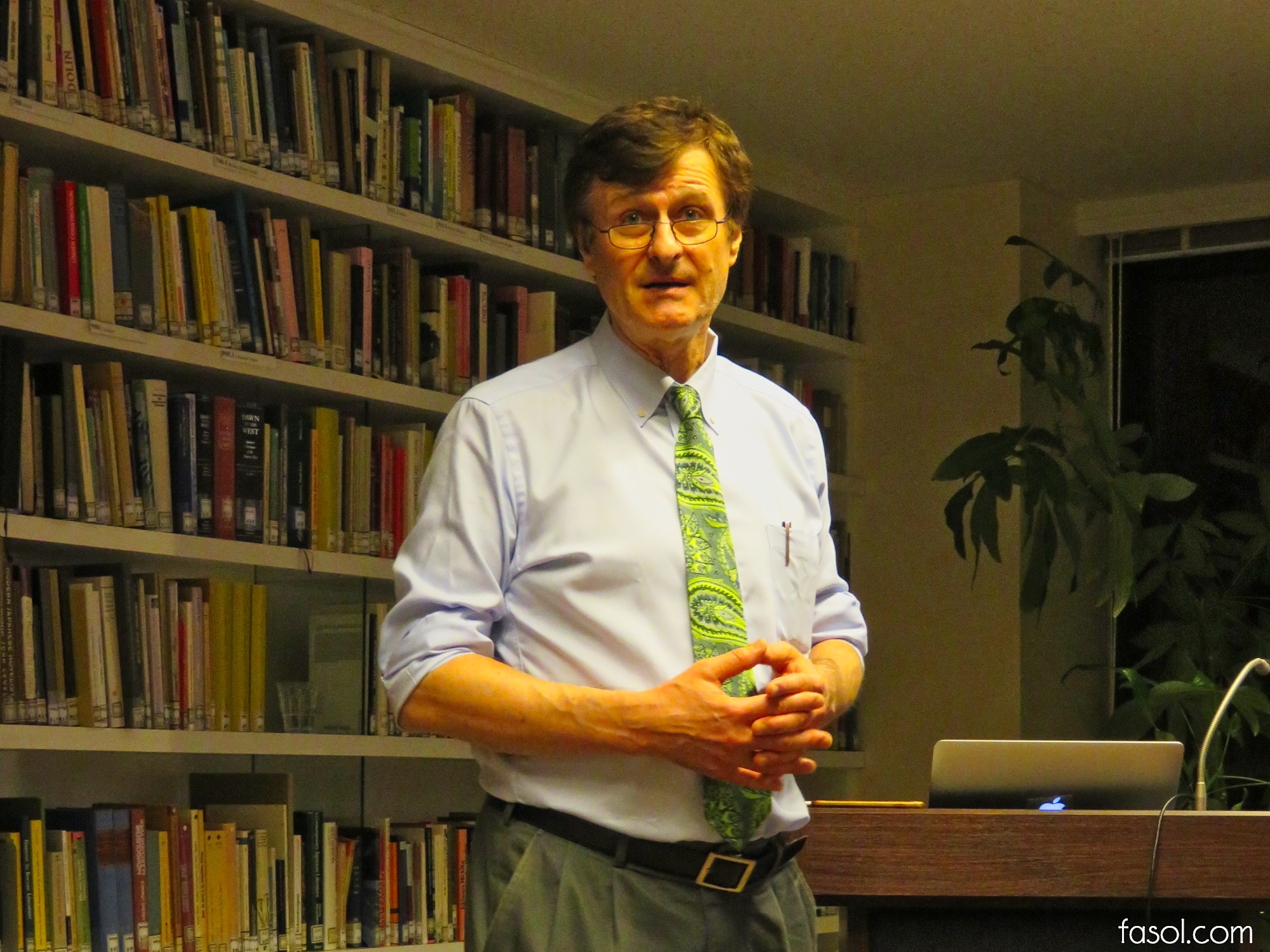
-
日本語版 / Japanese version: http://www.fasol.com/j/2017/07/23/future-engineering-education-europe-view/ Gerhard Fasol: A European view on the future of engineering education in Kyushu Future engineering education. 4th Symposium of the Kyushu Society for Engineering Education. 11 July 2017 13:00-16:30 Kyushu Institute of Technology Future engineering education meeting program. Future engineering education and industrial cooperation – European and UK views (outline…
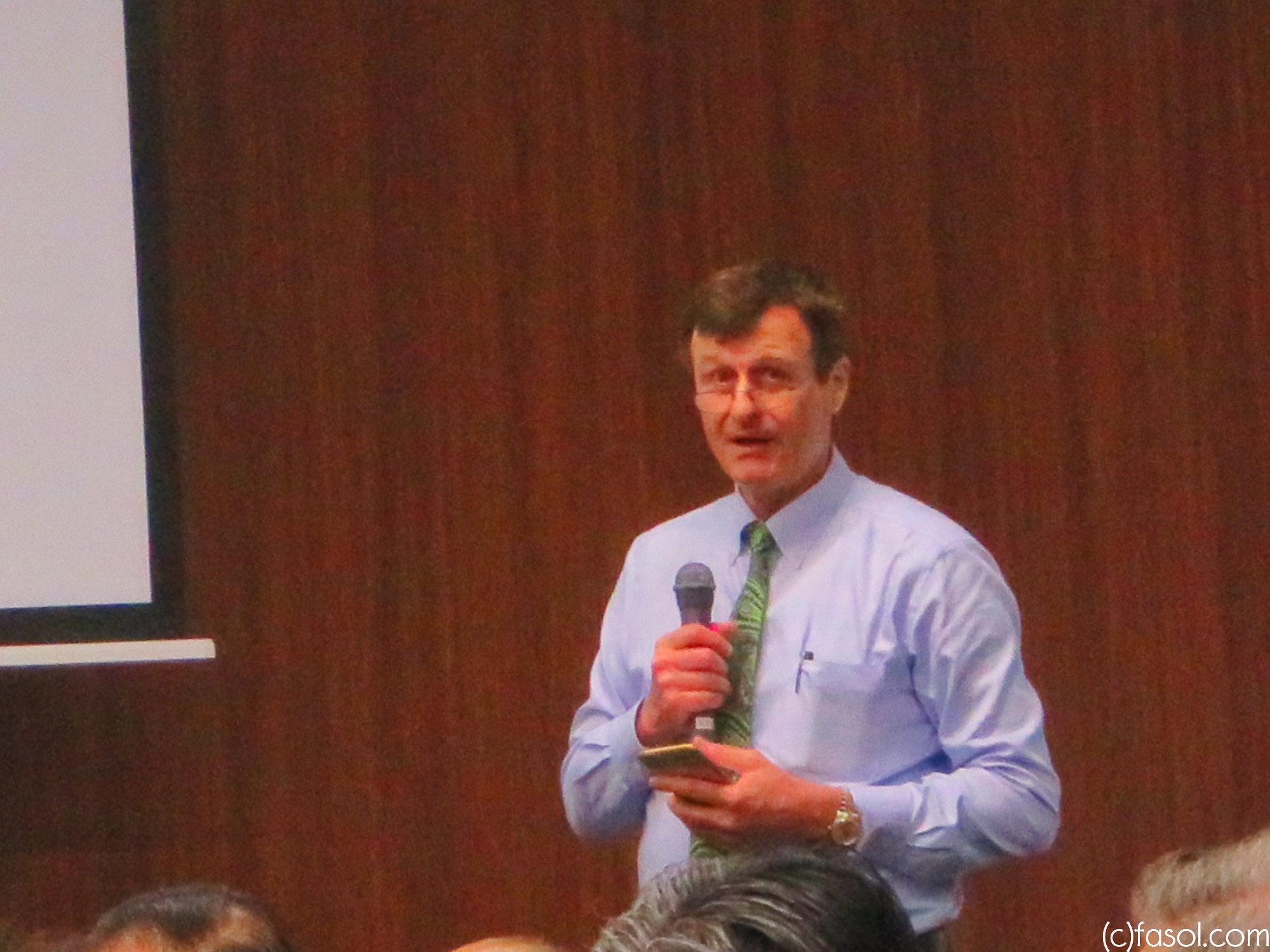
-
Japan’s future: Bill Emmott and Gerhard Fasol Bill Emmott is an independent writer and consultant on international affairs, board director, and from 1993 until 2006 was editor of The Economist. http://www.billemmott.com Gerhard Fasol is physicist, board director, entrepreneur, M&A advisor in Tokyo. https://fasol.com/ Japan’s future: A conversation Bill Emmott: I came first to Japan in…

-
Energy costs in Japan: A presentation to diplomats from the 28 EU countries (+ Norway and Switzerland) given at the EU Delegation in Tokyo on Thursday 18 May 2017 How can you reduce your energy bills? Energy costs in Japan, how to reduce energy costs, and the current energy situation in Japan post-Fukushima are inherently…

-
Energy. Entropy. Leadership. 9th Ludwig Boltzmann Forum, 16 February 2017, at the Embassy of Austria in Tokyo Gerhard Fasol, Chair Program Welcome by the Ambassador of Austria Gerhard Fasol CEO, Eurotechnology Japan KK, Board Director, GMO Cloud KK. former faculty Cambridge University and past Fellow, Trinity College Cambridge“Entropy, information and Ludwig Boltzmann” Masato Wakayama Executive…
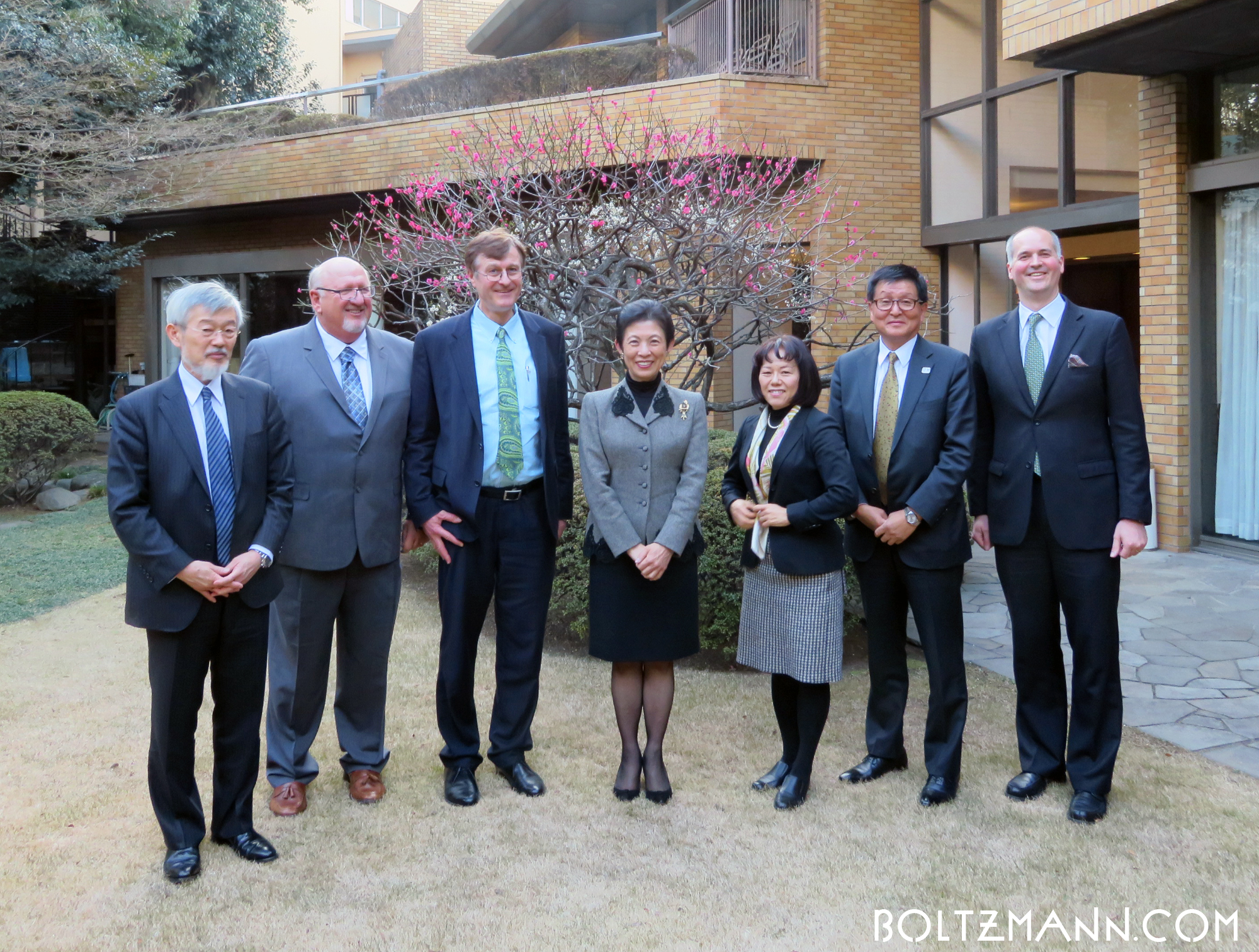
-
Corporate governance reforms in Japan Changing the way Japanese corporations are managed: Can it make Japanese iconic corporations great again? A talk by Gerhard Fasol at the Embassy of Sweden organized by the Embassy of Sweden, The Swedish Chamber of Commerce in Japan (SCCJ), and the Stockholm School of Economics Abstract: Changing the way Japanese…
